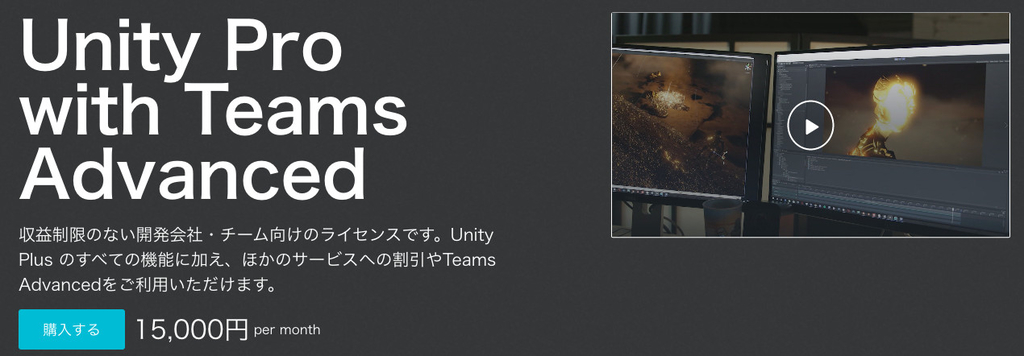
BlendScape: multi-display projection & edge blending
Martin Cvengroš
$60.49
(no ratings)
Jump AssetStore
◧ BlendScape is a multi-display projection system that distributes a scene camera’s output across a custom grid of displays or projectors, with screen deformation and shader based edges blending.Asset uses supplementary UI/UX on-screen elements to render runtime config/calibration elements, which use BiRP Standard shader -these can/should be converted manually by user in URP/HDRP using their respective converters/wizards. - this is described in documentation/Quickstart document.Core shader doesn't rely on advanced rendering, and is BiRP, URP and HDRP compatible.* November sale *On sale from Nov 19 to Dec 0330% OFF of regular $54.99A scene camera output image is distributed over up to 8 x 8 customizable grid layout of displays/projectors (up to Unity's max. 8 connected displays), with runtime calibration which allows for individually adjusting each display/projector -individual image grid deformation for projection mapping, edge blend, color/tint and overlap can be set for each display independently.Please download demo application below which is built from the asset's demo scene and containts all its functionality./ you can modify grid layout at runtime, all connected physical displays will be activated as needed - please note that Unity can't deactivate physical display once it is activated[DEMO application builds]:BlendScapeDemo_win64BlendScapeDemo_macOSBlendScapeDemo_linuxAsset currently ships with all its source code includedPlease use forums for questions if needed- projection grids are rendered using single shader which works across all rendering pipelines- is camera independent - the source camera can use arbitrary projection and effects - only its final output render texture is used- individual physical dispalys/projectors resolution independent - each connected display can render at its own individual resolution (the projectors in projection set don't have to use all the same resolution)- all parameters / calibration is performed via a single runtime dialog for each display- complete layout/setup can be tested in Editor - use Unity (multiple) Game View(s) ability to render on separate (logical) Displays- calibration is saved into single JSON configuration file in StreamingAssets folder of the application







